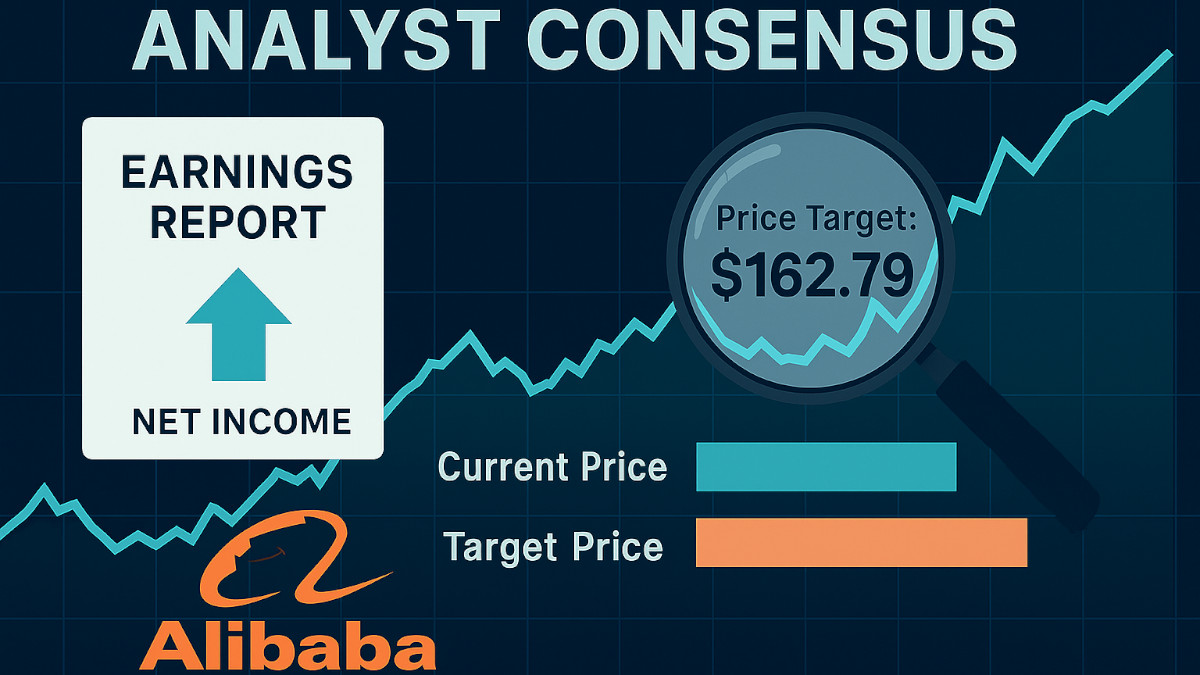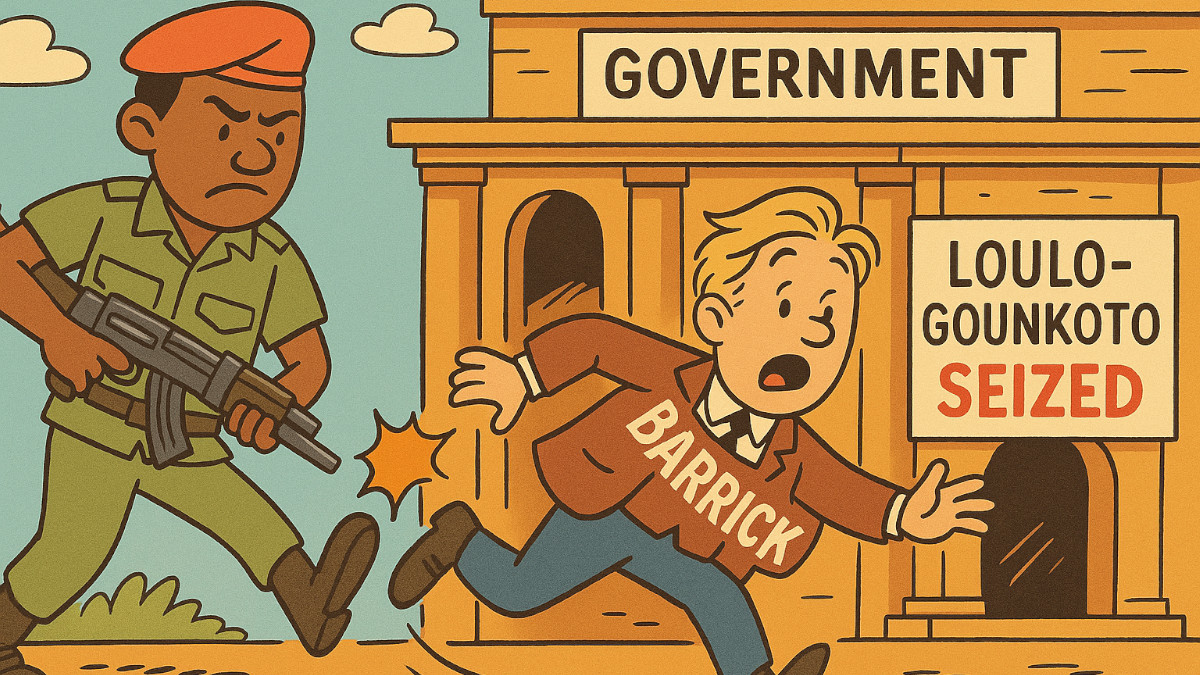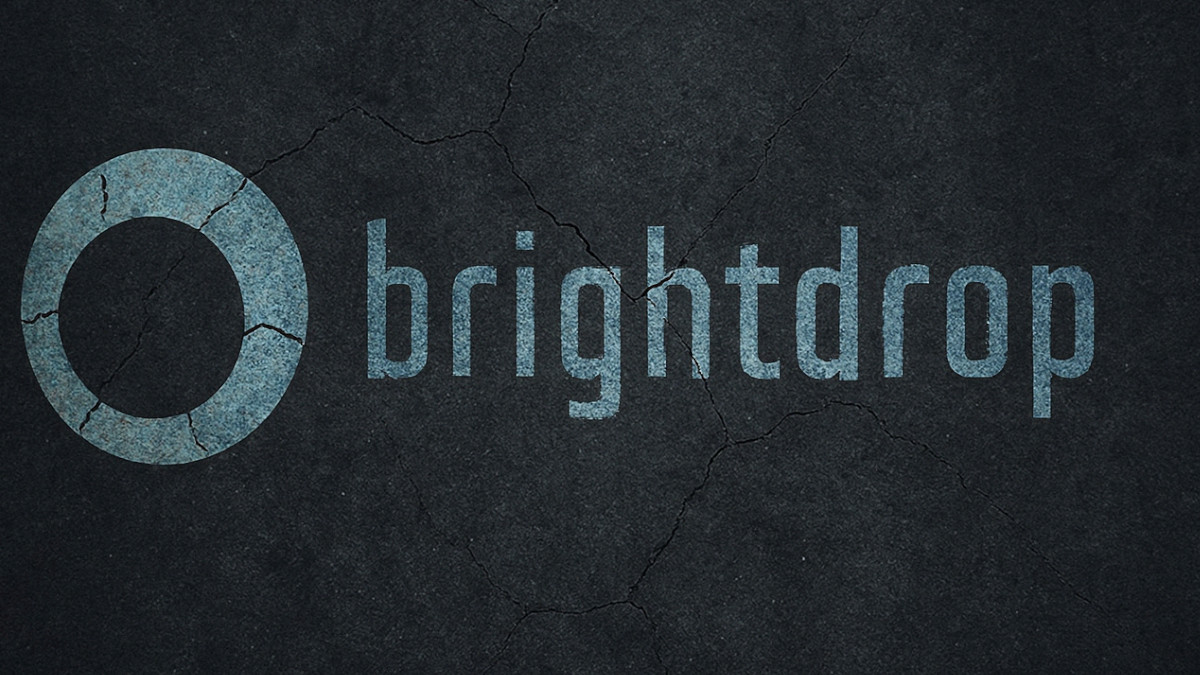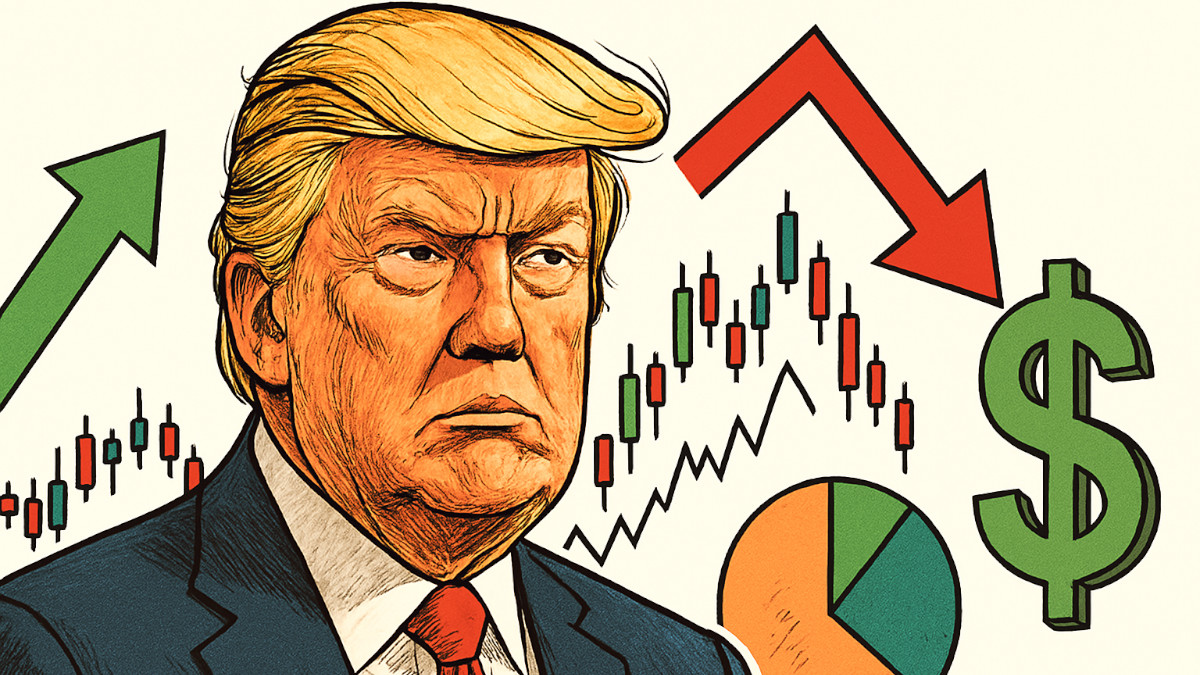- Analytics
- Trading News
- Adobe Struggles with AI Monetization
Adobe Struggles with AI Monetization

Shares of Adobe dropped almost 12% on Thursday after the company gave a lower-than-expected revenue forecast for the upcoming year. This raised concerns about how long it will take for Adobe to make money from its investments in artificial intelligence.
Key Takeaways
- Lower-than-expected revenue forecast: Adobe predicted it will earn less money than what analysts had hoped for in the upcoming year, which caused concern.
- AI investments: Adobe is putting money into new AI technology, like image and video generators, to stay competitive in the market.
- Lack of clear monetization metrics: Investors are worried because Adobe hasn’t made it clear how it plans to turn its AI tools into profitable products.
- Underperforming the market: Adobe’s stock hasn’t been doing as well as the overall market (S&P 500) for the last five years, which has caused investor frustration.
- P/E ratio: This is a measure of how expensive a company’s stock is compared to its earnings. Adobe’s ratio is lower than Autodesk’s, meaning Adobe might be seen as less expensive in comparison.
Although Adobe is progressing with its plans for AI-powered products, it’s difficult for investors to feel confident because the company hasn’t shared clear information on how it plans to make money from these products.
On Wednesday, Adobe predicted its revenue for fiscal 2025 would be between $23.30 billion and $23.55 billion. This is below the average estimate of $23.78 billion from analysts, which has added to investors’ worries.
There seems to be a gap between what Adobe's management is excited about, and what investors are seeing. Adobe seems to be optimistic about its AI efforts, but investors are uncertain about whether they’ll lead to profits.
Adobe has been heavily investing in AI tools for generating images and videos to compete with newer companies like Stability AI and Midjourney. These AI tools include video-generation technology, which competes with OpenAI’s ChatGPT-powered products, like Sora.
However, despite all this investment, Adobe’s slow progress in turning its AI work into actual profits has caused several investment firms to lower their stock price targets for the company.
Adobe’s stock has been underperforming the overall market (SP 500) for over five years. Adobe needs to consistently exceed expectations to regain the confidence of long-term investors. The issues around how profitable Adobe’s AI tools will be is making things worse.
At the current price of $493.10 per share, Adobe could lose nearly $25 billion in market value if the drop continues. So far this year, Adobe’s stock has fallen by about 8%, while the S&P 500 has increased by 27.6%.
Finally, Adobe's price-to-earnings (P/E) ratio over the next 12 months is 26.46, which is lower than Autodesk's (ADSK.O) 33.63. We are left to see how Adobe's AI strategy compares to its competitors and whether it will help improve the company’s performance.
How Adobe is Monetizing Its AI
Adobe monetizes AI by integrating it into its existing products and diversifying its revenue streams.
Here's how they’re doing it.
- Adobe incorporates AI tools, like the Firefly generative AI models, into premium tiers of Creative Cloud. This encourages users to upgrade their plans, blending AI innovation with subscription-driven revenue.
- Adobe caters to large businesses by offering custom AI models. This allows them to charge a premium for tailored solutions, a common tactic among SaaS companies targeting enterprise clients.
- For more advanced tools, Adobe uses a credit-based system. This ensures users pay based on their level of AI usage, offering scalability for individuals and businesses.
- Collaborations, such as with NVIDIA, enhance Adobe's AI capabilities. These partnerships help reduce costs while expanding product offerings, strengthening their position in the market.
- Adobe combines subscriptions, add-ons, enterprise models, and targeted pricing for cost-heavy tools like video editing.
- To drive demand, Adobe aims to train 30 million users on generative AI by 2030. This not only boosts adoption but ensures customers see value in their tools, creating loyalty and long-term revenue.
Adobe’s AI monetization strategy balances direct profits from premium features with long-term gains through education, partnerships, and flexible pricing. Sounds promising.







